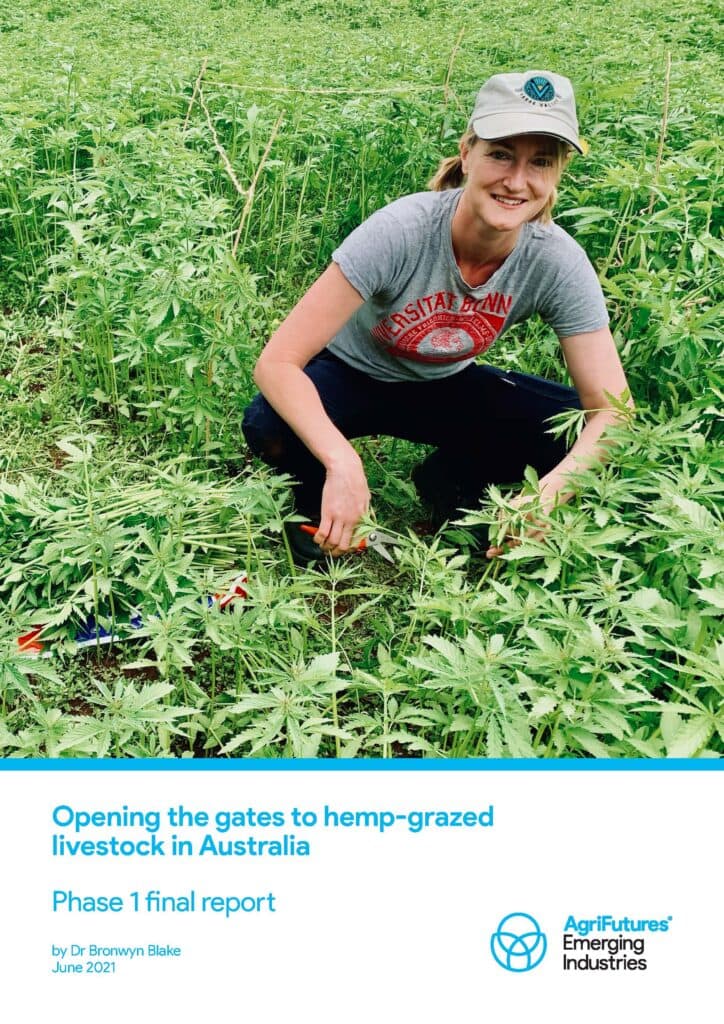In Australia, current regulation states that a contaminant such as tetrahydrocannabinol (THC), the psychoactive compound in cannabis, cannot be present in supplied animal products unless Food Standards Australia and New Zealand (FSANZ) has set a safe allowed level (a ‘maximum level’) for the contaminant, and the contaminant does not exceed that level. FSANZ has not set a maximum level for THC in animal products due to lack of data. Work in this area is critical to progressing regulation and allowing hemp to be used as a livestock feed in Australia.
Very little data exists on hemp biomass (stalk, leaf, flower) as a forage for ruminants, yet the high biomass yield from this crop is one of its assets. Hemp plants can deliver an estimated 5-15 t biomass/ha of potential forage material in critical forage-deficit periods for ruminants. However, regulating bodies are currently unable to draw conclusion on the use of hemp biomass-derived feed materials due to lack of occurrence data.
The primary aim of this research was to understand the suitability of whole-plant hemp as a forage for ruminants. Phase 1 was designed as a pilot study, and investigated nutritional value, animal performance and cannabinoid residues of sheep receiving full ration pellets containing two inclusion levels of hemp stubble.
The results of Phase 1 (this project) have led to the development of a Phase 2 project. In Phase 2, data will provide valuable insight into the half-life of THC in sheep and cattle, and the rate of elimination of THC from various tissues.





